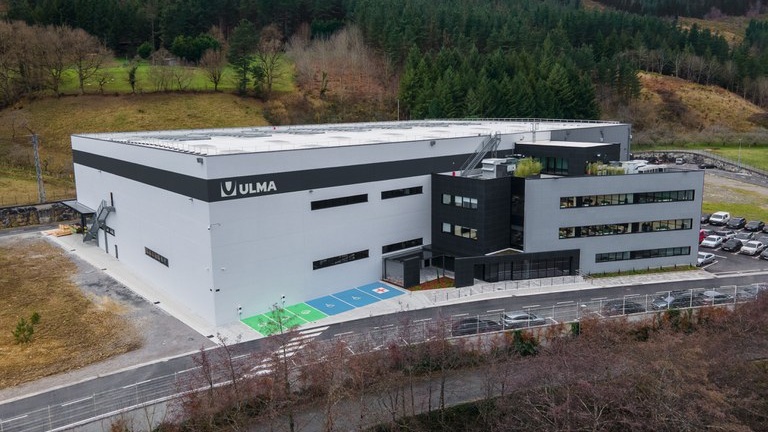Packaging
Ulma Packaging is committed to new alternative materials for sustainable packaging
The paradigm shift and the transition to a Circular Economy model are leading to the emergence in the packaging sector of a new range of alternative materials to traditional materials. New alternative materials that allow the adoption of solutions based on the principles of eco-design and sustainability, aligned with a Circular Economy strategy that facilitates the recycling of packaging at the end of its life cycle. Therefore, ULMA PACKAGING is committed to the following alternative materials for sustainable packaging.
31 May, 2021
The paradigm shift and the transition to a Circular Economy model are leading to the emergence in the packaging sector of a new range of alternative materials to traditional materials. New alternative materials that allow the adoption of solutions based on the principles of eco-design and sustainability, aligned with a Circular Economy strategy that facilitates the recycling of packaging at the end of its life cycle. Therefore, ULMA PACKAGING is committed to the following alternative materials for sustainable packaging. Recyclable packaging with paper fibre-based materialsA promising approach is the development of packaging from materials for which there are already established recycling circuits: this is the case of paper fibre packaging, which once used can be disposed of in the existing paper recycling circuit. In these packs, plastic materials are replaced (in whole or in part) by paper fibre-based materials. - LeafSkinTM: The LeafSkinTM packaging solution is a vacuum skin packaging solution, which in addition to replacing the structural plastic of the packaging with a paper fibre structure, is designed to separate the plastic part of the packaging from the paper part, thus facilitating the recycling of the latter. - LeafMapTM: The LeafMapTM packaging solution is a MAP packaging solution, which replaces the structural plastic of the package with a paper fibre structure, and is designed to separate the plastic part of the package from the paper part, thus facilitating the recycling of the paper part of the package. - Heat-sealed packs with cardboard trays: these packs use 100% cardboard trays, so that the plastic lid of the pack can be separated from the cardboard base, thus facilitating the recycling of each of the materials separately (Image 1). - Flow-Pack packaging with paper films: our Flow-Pack packaging machines can be designed to work with paper films. The machines are specifically prepared to avoid marking, perforating or tearing the paper film during the packaging process. Recyclable packaging with mono-materialsAnother approach to enhance the circularity of plastic packaging waste is the use of packaging made from a single type of polymer: this is known in the jargon as mono-material. This packaging makes it possible, after being deposited in a litter bin, to separate it in waste sorting systems for subsequent mechanical recycling. Recycling circuits are already in place in some countries that enable the recycling of PP (polypropylene), PE (polyethylene) and PET (polyethylene terephthalate). In any case, it is necessary to take into account the functionality of the packaging and in packaging intended to preserve foodstuffs it is necessary to ensure that the packaging has the appropriate barrier properties to guarantee the shelf life of the product. - Packaging of fruit and vegetable products with BOPP film: recyclable, simple and lightweight packaging (Figure 2). - Heat-sealed packaging in PET trays: protective packaging with excellent presentation (Image 3). - Vertical packaging of pre-prepared convenience food in BOPP: recyclable packaging with excellent preservation (Image 4). Packaging made from renewable materialsAn alternative currently available on the market is packaging made from "biopolymers". The term encompasses two main groups of materials: - On the one hand those materials manufactured from polymers obtained totally or partially from renewable sources, as is the case of BioPET, BioPE .... - The other group corresponds to biodegradable and/or compostable materials made from polymers obtained from renewable sources such as PLA, PHA, cellophane, etc., which can be suitable for industrial or domestic composting. - Flow pack with compostable film: simple and light packaging, made from compostable films (Image 5). - Thermosealed packaging with compostable materials (PLA): protective packaging with excellent presentation with 100% compostable materials (Image 5).
https://youtu.be/s5i_-1xAeDY











